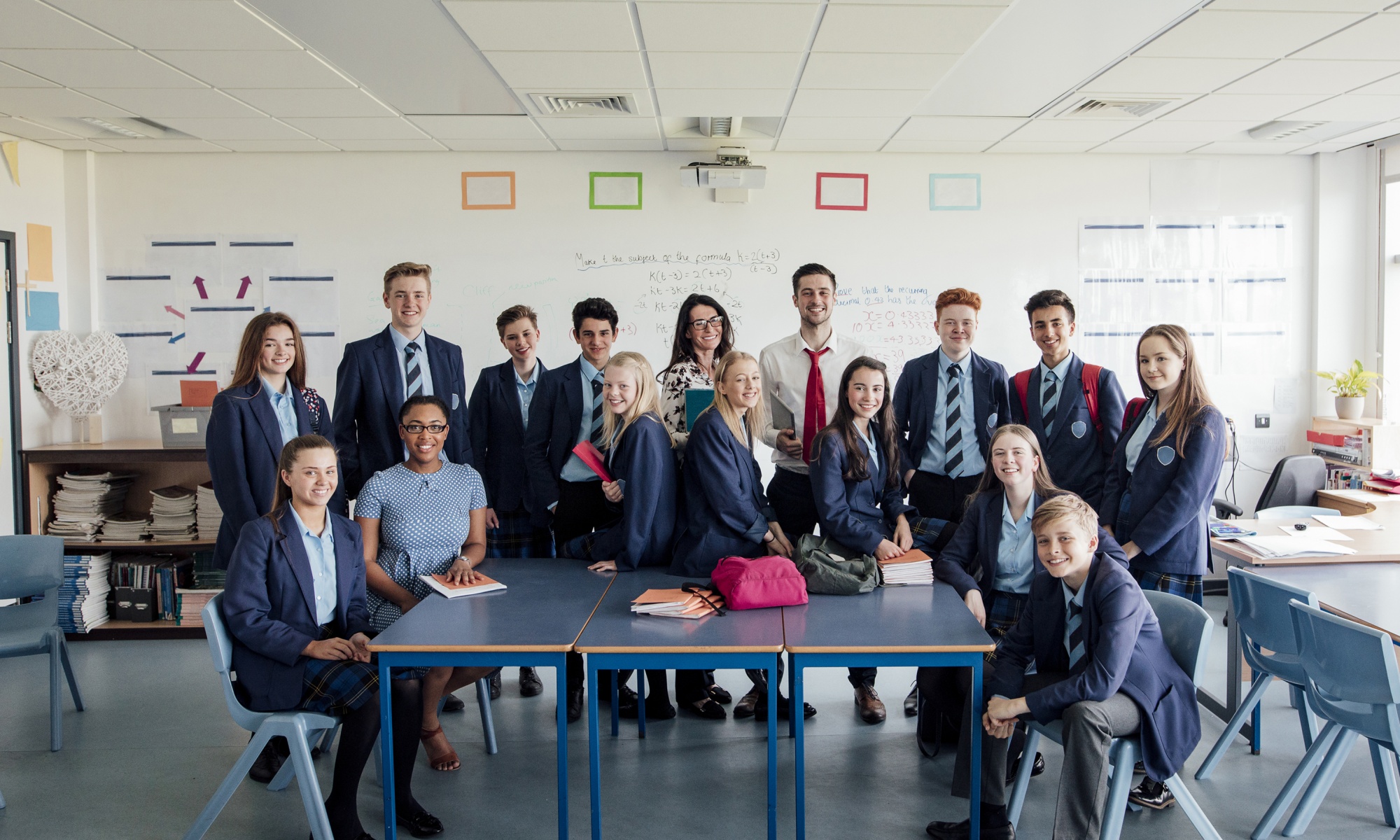
Transitioning from primary to secondary school can be a stressful time for young students and their parents. It’s something that often gets talked about in the media around this time of year, like this example in the SMH which describes strategies being used at Sir Joseph Banks High School in Sydney. Generally, concerns about the transition include stress, coping strategies, the anxiety of suddenly becoming the small fish in the big pond, and the impact on academic achievement. Some students sail through this without any trouble, but many don’t. Sentral can play a significant role in managing some of these concerns, and to find out how, it’s useful to take a look at some recent Australian research on student transition from primary school to high school.
In a paper by Hopwood, Hay, and Dyment (2016) the authors report on a research study that claims to build upon current knowledge about student transition “by focussing specifically on the perspectives of teachers, as teachers play an important role in guiding and supporting students through the transition years”. This is interesting because it might seem normal to think that the teachers have got it all together, and that it’s the students who are experiencing all the stress. Not so according to the research by Hopwood.
The small-scale study in the state of Tasmania had the specific “goal of accessing authentic teacher voice pertaining to their experiences of facilitating the transition process”. It took what researchers call a qualitative interpretivist perspective. It means that the researchers were more interested in depth than large numbers. They really wanted to know the actual experiences of the teachers. Three key themes emerged for transition success,
- Curriculum continuity and awareness
- Communication between primary and secondary schools
- Adequate teacher support
(Hopwood et al., 2016)
Whilst the above three themes seem reasonably straightforward, they are actually quite complex to implement given the large variety of factors at play. When a student transitions, they may be moving to a different school system or different area which means that continuity, communication and support can be that much more difficult amongst teachers. This is where a common student management platform like Sentral can make a significant positive impact. Let’s take a brief look at some examples.
Sentral improves continuity
In a recent interview with David Summerville, ICT administrator at Callaghan College, Wallsend Campus in Newcastle, David commented that one of the benefits of using Sentral was that so many teachers were familiar with the platform. This dramatically shortened the onboarding process for new teachers. But what about the transition issue? Again, one of the insights David shared was improved continuity of data once all the feeder schools for Callaghan (also Sentral schools) moved to a cloud-based version of Sentral. This would mean that the entire student history could easily migrate to the high school situation, bringing with it all the academic records, student plans and wellbeing information. For high school teachers awaiting their new year 7 students, this level of information could give teachers valuable advance notice of their students’ capabilities and needs. And it’s not only the data that are of value, but the data will be in a familiar format which reduces time spent sifting through hard copies or digital data from another system.
Sentral improves communication
It’s universally accepted that good communication leads to good outcomes. Yet there are still shortfalls in the way we communicate. Consider this finding from the research.
Despite the acknowledgement that communication was an important part of teacher practice, the majority of teachers interviewed reported that communication was not occurring sufficiently between schools, making it difficult to address the needs of their students adequately.
(Hopwood et al., 2016)
But what does the above comment really call for? Does it mean more phone calls, sms, emails or data exchange? Perhaps somewhat surprisingly, findings from the study revealed that “just over half the teachers reported the need for increased school visits” (Hopwood et al., 2016). Whilst this may be desirable, it may not always be practical. So, what do you do? That depends on your personal preferred method of communication, and the tools you have at your disposal. With a fully integrated system like Sentral there are several benefits. The Sentral Communication module may not be able to magically teleport a teacher to another school, but it can provide teachers at both ends the ability to check message history within the school and between parents and caregivers. It provides a way to appropriately share relevant documents, track issues and interview history. Whilst not being able to substitute a physical meeting or visit to another school, Sentral can provide the all-important backstory for teachers to more adequately know the individual needs of transitioning students.
Sentral improves support
Consider this finding from the study.
Teacher support referred to the types of resources available to assist teachers, including access to age appropriate resources, teacher’s aides to work with students in the classroom, increased planning time, support from colleagues and opportunities to attend professional development days.
The common theme in the above comment is that each of the resources listed require time. For teachers to do their work efficiently and effectively, quality time can be created by removing the burden of day to day administrative tasks. As a fully integrated system, Sentral allows teachers to manage tasks such as daily admin, assessment, academic reporting, wellbeing and more using a seamless digital solution that works quietly in the background. With more time and less hassle, teachers can reallocate precious time to things like creating resources, planning and professional development.
Continuity, communication and support are all complex topics and they’ll represent different things in different contexts. That’s one of the reasons why small-scale research studies like the one discussed add so much value; it meant something for those participants. It’s a good reminder for all involved in education to consider ways to bridge the gap between research and practice to achieve better learning outcomes. Staying abreast of this kind of knowledge and insight is also one of the key drivers of Sentral’s mission; to help teachers and students be the best they can be.












